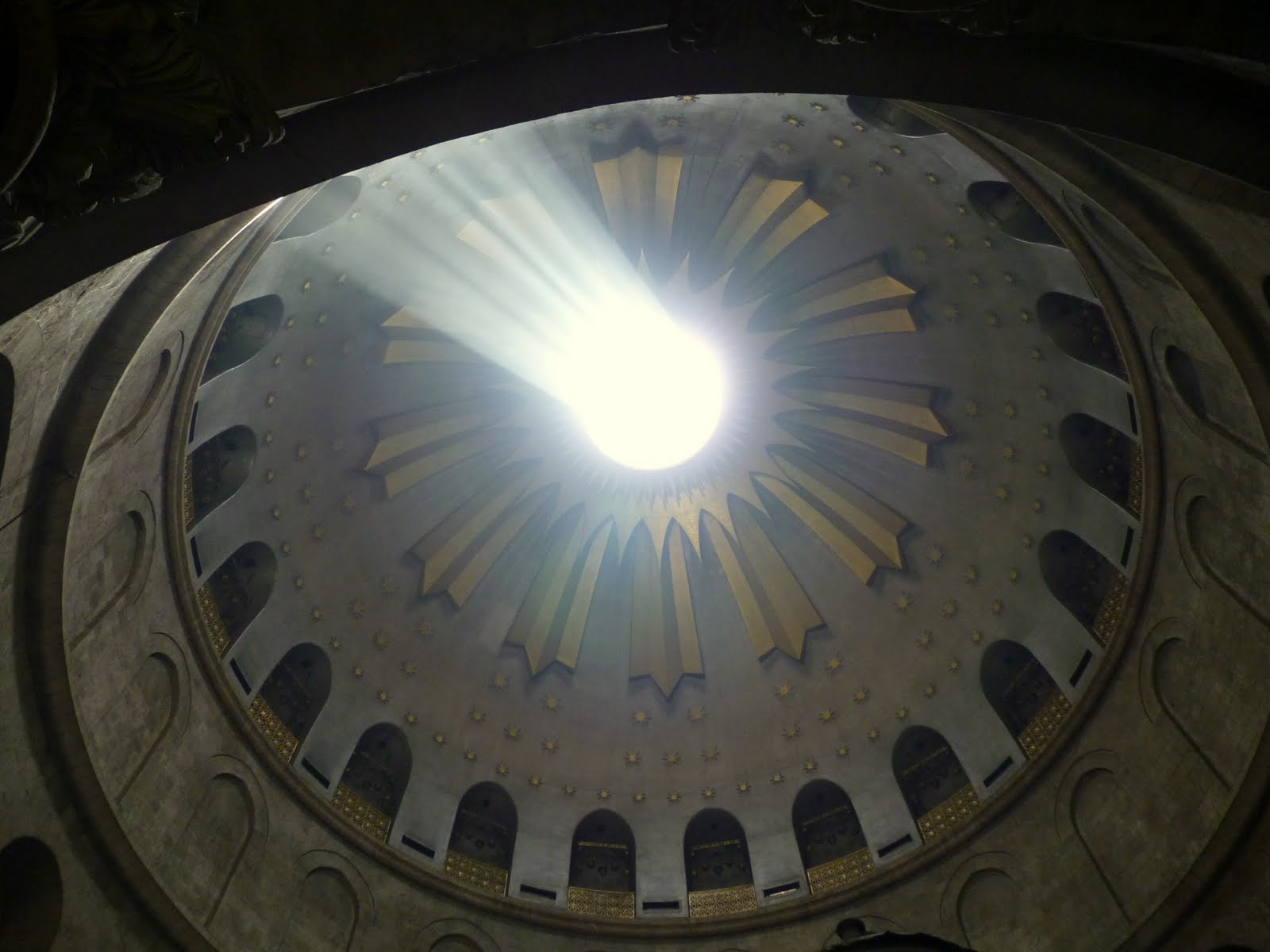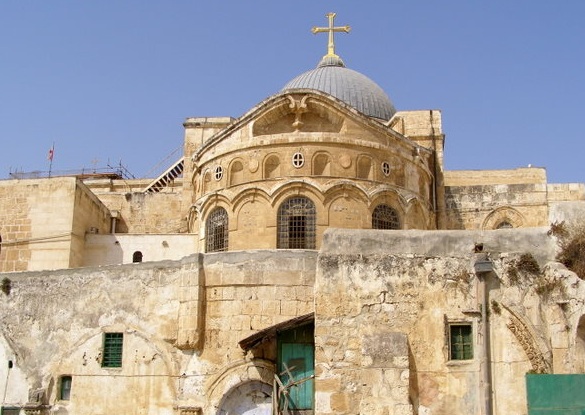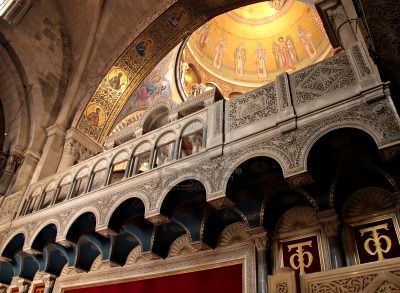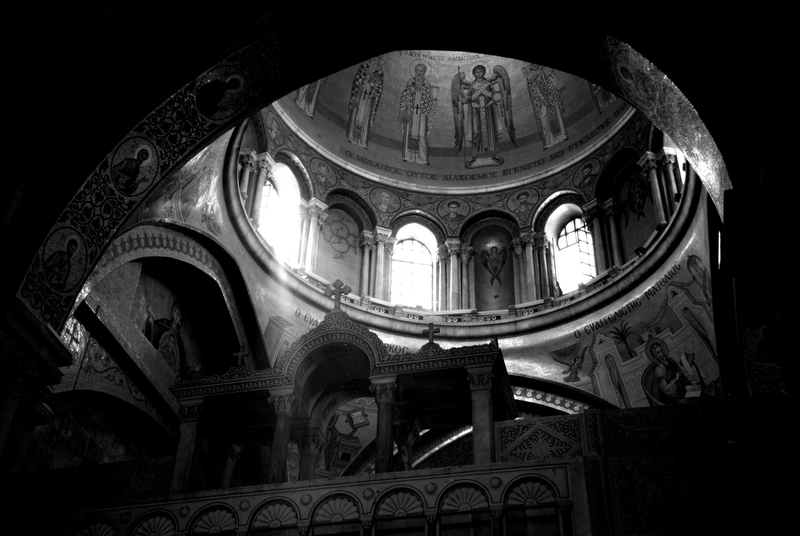The Holy Sepulcher, Jesus Tomb In Israel, Jerusalem
This is the holiest Christian site in Jerusalem. Here Jesus was crucified, buried and resurrected.
In the year 324 Helena, mother of Emperor Constantine, the first Christian emperor, came to Jerusalem and found the remains of the Cross in an underground reservoir. Constantine built the first church on the site in the fourth century (begun in 326, built in dedicating 335).
The church includes its roof the place called Golgotha, which is the site of a “skull” or Calvary hill where Jesus was crucified, and another hill where Joseph of Arimathea is a tomb had purchased a cemetery, a disused quarry was and the Cave of the Discovery of the Cross. Constantine’s church was destroyed by the Persians in 614, rebuilt immediately afterwards.
The church remained intact until 1009 when all but the tomb and the structure of the rock of Golgotha was razed by the Egyptian Fatimid Caliph Hakim. The Crusaders rebuilt in the late 11th century the church and what we see today is mostly from that period.

The entrance to the church by a single door in the south transept (transept). The key to the access by the Muslim Nuseibeh family kept, who by Saladin in 1178 the guardianship was entrusted to keep the peace between the various Christian factions. After periods of tension between the Nuseibeh family and the Ottoman government in the 18th century, the Ottoman authorities appointed the Nuseibeh family Joudeh to assist in their task. Today, the state Joudeh Nuseibeh family is still in the key of the church to a member of the Nuseibeh family, which brings the door opens and closes a daily basis.
Politics of the Church since the Crusades, its land and construction of the Holy Sepulchre in possession of three major groups: the Greek Orthodox, the Armenian Orthodox and (Latin) Roman Catholic. Other communities – the Egyptian Coptic Orthodox, Ethiopian Orthodox and Syriac Orthodox – also possess certain rights and little property in or around the building. The rights and privileges of each of these communities are protected by the Status Quo of the Holy Places (1852), as guaranteed in Article LXII of the Treaty of Berlin (1878).

Above the main entrance are two windows where you can find a short ladder which is part of the facade of the Holy Sepulchre because of the ‘status quo’. “The problem is due to the fact that the two windows above belong to the Armenians and their right to clean them and restore, and the cornice which supports the ladder belongs to the Greek Orthodox. In some respects, (last century) stop the Armenians from the ladder to work on the windows to do, and the Greeks protested that the ladder was resting on their part. The Armenians refused to remove the ladder – hence the frozen reality “.


